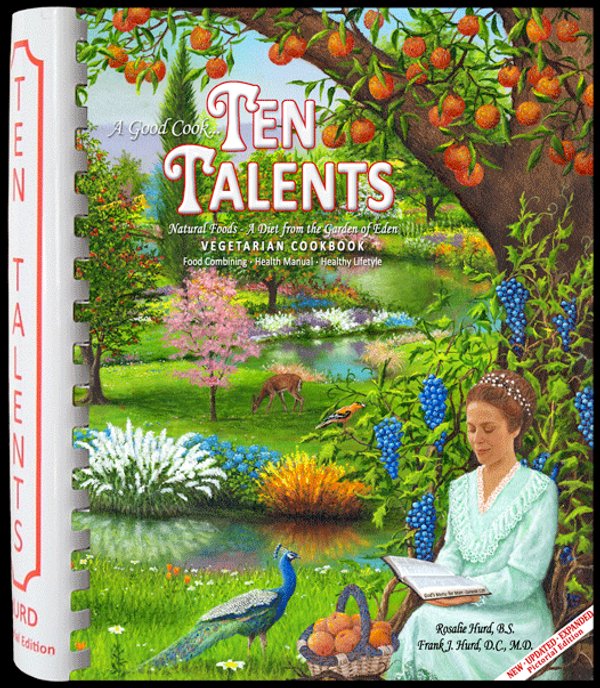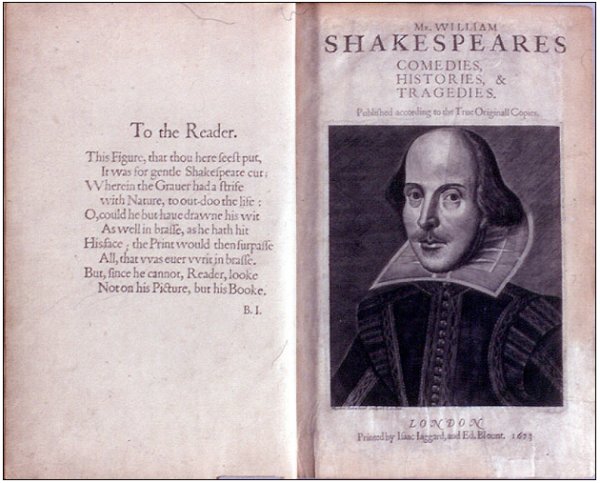
Reading up on the news this morning, as usual, I read that people by the millions spent much of the afternoon yesterday watching a balloon chase, thinking that a little boy was inside the balloon. Later they learned that there was really no drama at all, and that it might have been a hoax.
I wish that every American had a chance to participate in a sport that English majors take very seriously: Sitting around with other lovers of stories and discussing the question “What is the meaning of this story?”
The boy-in-the-balloon story was never much of a story. It’s even a boring story, and if I had been watching cable TV (I don’t have cable TV) I would have clicked right past it.
Orson Scott Card is one of the few people — or few writers, for that matter — who has a well developed theory of stories. Card believes that stories are a basic human need, that people are constantly hungry for stories. People are so hungry for stories, he believes, that we require stories every day, like food and water. But Card also recognizes that there are good stories and stories that are not so good. If people can’t get good stories, they will consume bad stories.
And so, as stories go, the boy-in-the-balloon story was a junk-food story, high in cable-TV calories but low in nutrition. It contained no meaning. It was pathos. It was merely pathetic.
Meaningless stories about pathos are very different from stories that contain elements of tragedy. Senseless loss of life happens every day. That is always sad, but it is not always tragic. Try as we may, we can’t find much meaning in senseless loss of life. If there is a tragic element (and therefore meaning) in, say, sudden loss of life in a car accident, a large part of the existential element is its very senselessness and meaninglessness. “That’s all? That’s it?” we might ask ourselves.
Some troublemaker in the back of the class pipes up with a question. “What about the senseless death of Princess Diana in a car accident? Did that have any meaning?” He has a smirk on his face as he asks the question, expecting to see his classmates get themselves into knots to try to argue that there was some kind of meaning in Princess Diana’s death.
“No,” says a boy in the front row. “There was no meaning. It was just that she was famous. And pretty.”
But a not-very-pretty girl in glasses, who has read lots of stories about princesses, speaks up. “Princess Diana’s death had pathetic elements, certainly. But it was a tragedy,” she says. “Because her life was a modern fairy tale. She showed millions of people that to be royal had nothing to do with the parents you happened to be born to. To be a princess is about who you are, or what you became. A true princess shines brighter than the dullard prince she married, brighter than the queen. Diana tried to make the world a better place. When she died, it was as though we knew her. She was the people’s princess. When she left us, we were more alone somehow. Her light was so bright that it helped us all to see. Without her, we are on our own now, like children in the woods. We have no princess anymore, unless we can find that princess inside our own selves.”
If you ask Orson Scott Card why a writer would kill off a character that the reader has fallen in love with, this is what he’d say. That in a good story, a beloved character dies so that the reader, missing that character and grieving for that character, will make that character a part of himself or herself. The reader will be changed.
Once upon a time, when I worked on a newspaper copy desk, we actually had serious discussions about where to play a particular story. “People will want to read it,” we might say, “But it’s pure pathos. It has no meaning.” And so we would bury the story.
I don’t think news people have discussions like that very much anymore. On television, and on the web, if it bleeds, it leads.
That’s why I don’t watch the news on television. It isn’t worth the time, because they have too many cameras and pathetic taste in stories.





